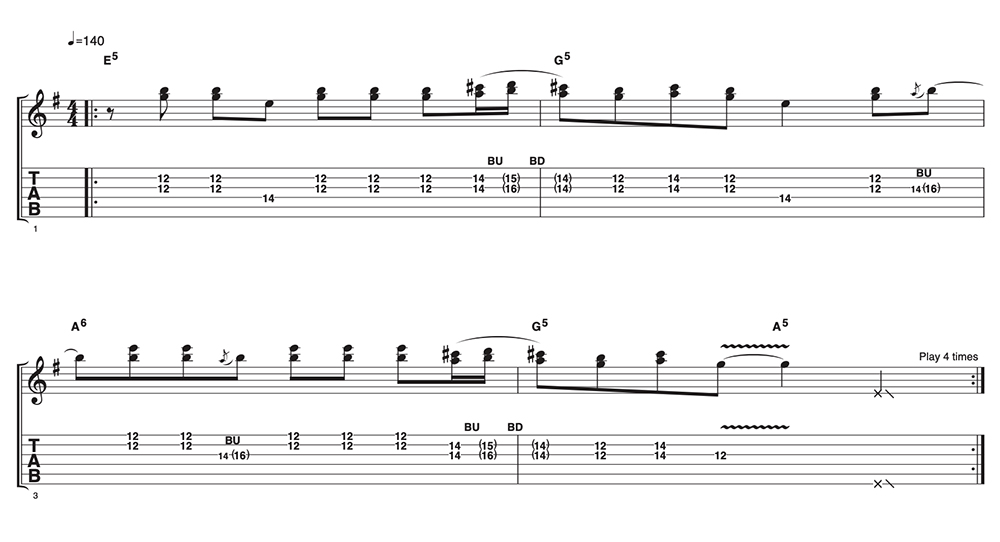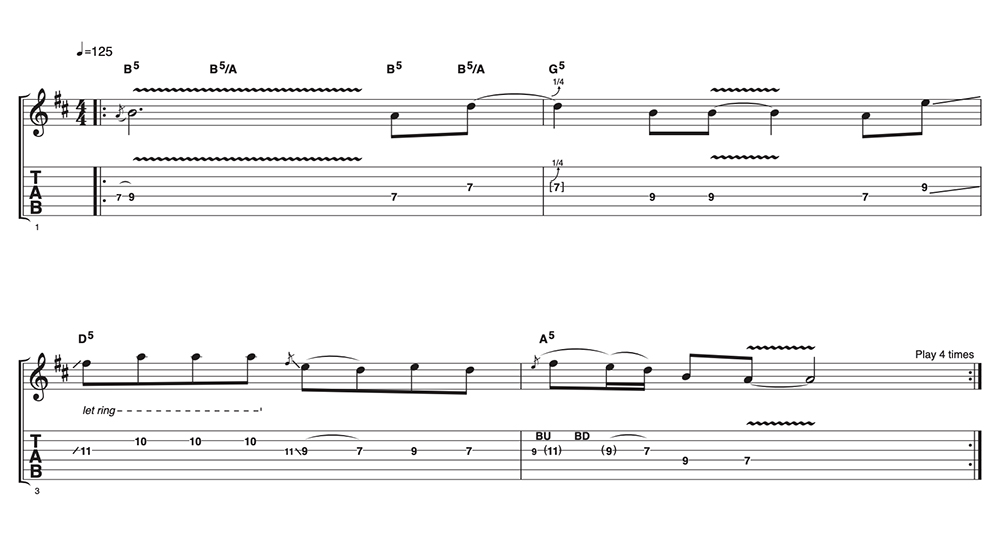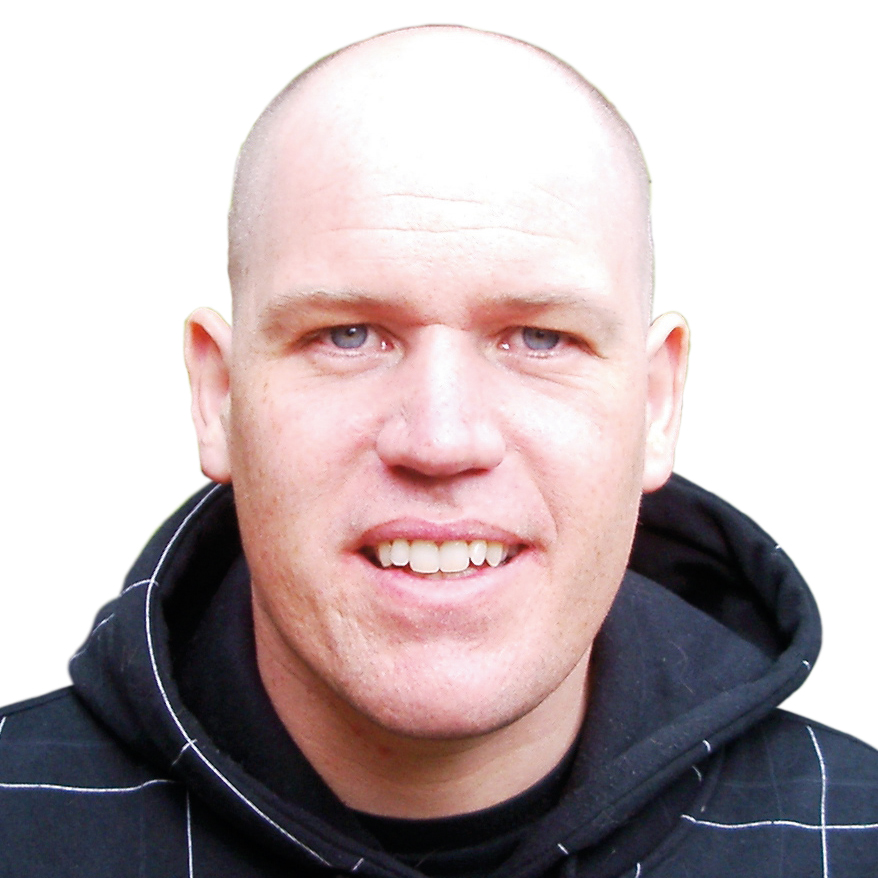Phrasing, vibrato and rock-solid timing: inside the essential elements of AC/DC's legendary guitar style
All aboard the Rock ’N’ Roll Train as we take the long way to the top with this in-depth lesson in the raw hard-rock perfection of Angus and the late Malcolm Young's playing style

The sound and playing style of AC/DC’s Angus and Malcolm Young is legendary and constantly emulated. The core elements, though rarely complex, are harder to master than you might imagine, however.
Malcolm’s open shapes and powerchords are delivered with unrelenting, rock solid groove. And Angus’s leads? Well, his phrasing and vibrato are instantly recognizable – which, while making him the icon he is, does mean you’ll be aping quite an individualistic style.
Tonally, the AC/DC sound epitomises the idea that less is more. A Marshall amp is a core ingredient, as is the combination of Gretsch G6131 Jet and Gibson SG guitars with bridge pickups selected.
Assuming you’re not in a position to crank your amp to stadium-ready volume levels, Young brothers style, we recommend keeping the gain low for the rhythm parts and using a Tube Screamer-style overdrive pedal for a mid boost on lead parts. Now, let there be rock...
Example 1. Malcolm-style open powerchords

The driving force of the AC/DC rhythm section, Malcolm Young predominantly favored open chords and powerchords, where open strings would maximize resonance and sustain.
Coupled with the lightest of drive tones this gives loads of dynamic range and bucketloads more power than you’d expect. Here in our Dirty Deeds-style riff, the minor 3rd G note can be bent slightly sharp for a bluesy flavour.
Example 2. Malcolm-style sparse riffs

Space and raw simplicity are key to Malcolm’s vibe – he’d never overplay. His parts let the drums and bass breath and never got in the way of Angus’ lead parts. Inspired by tracks like Rock ’N’ Roll Train and Highway To Hell, our example here is best delivered with downpicking for a consistent attack.
All the latest guitar news, interviews, lessons, reviews, deals and more, direct to your inbox!
Example 3. Angus-style doublestop lick

Angus' lead style is a blend of rock ’n’ roll and blues, and this doublestop (two notes together) idea demonstrates his Chuck Berry influences.
We've taken our inspiration from Hells Bells here with a lick that's based in the minor pentatonic scale – but listen out for the 14th-fret note on the second string, which comes from the Dorian mode.
Example 4. Angus-style bends & vibrato

Many would say Angus’ frenetic vibrato is instantly recognizable. Break the vibrato in our example riff into two elements by copying first the speed and timing, then analyzing how much pitch bend to apply.
Example 5. Angus-style pentatonics

One trick that Angus uses is to mix up the major and minor pentatonic scales. Our example is inspired by You Shook Me All Night Long and starts out with the bright-sounding A major pentatonic scale (A B C# E F#) before moving to the darker A minor pentatonic scale (A C D E G). Try to exploit this mood change in your own licks.
Jon Bishop is a UK-based guitarist and freelance musician, and a longtime contributor to Guitar Techniques and Total Guitar. He's a graduate of the Academy of Contemporary Music in Guildford and is touring and recording guitarist for British rock 'n' roll royalty Shakin’ Stevens.

